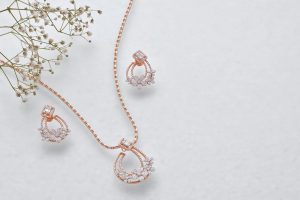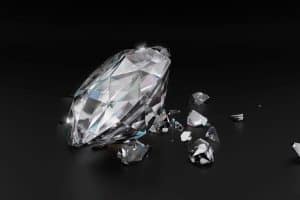Do gemstone experts grade sapphires and rubies like they do diamonds? We have looked into this topic and have done tons of research to help satisfy your curiosity.
While sapphires and rubies have a similar grading system, it is a bit different. When assessing the value of a colored gem, the color and clarity of the gemstone are often more important in determining value than their weight. Unlike diamonds, you also consider the origin and what ways the gems were treated.
Now that you have learned that sapphires and rubies aren't graded like diamonds, you probably are curious about how they are graded. In this article, we will discuss this as well as how to tell a sapphire from a ruby. We will also discuss which gem is the most expensive and what to look for in a high-quality natural gemstone.
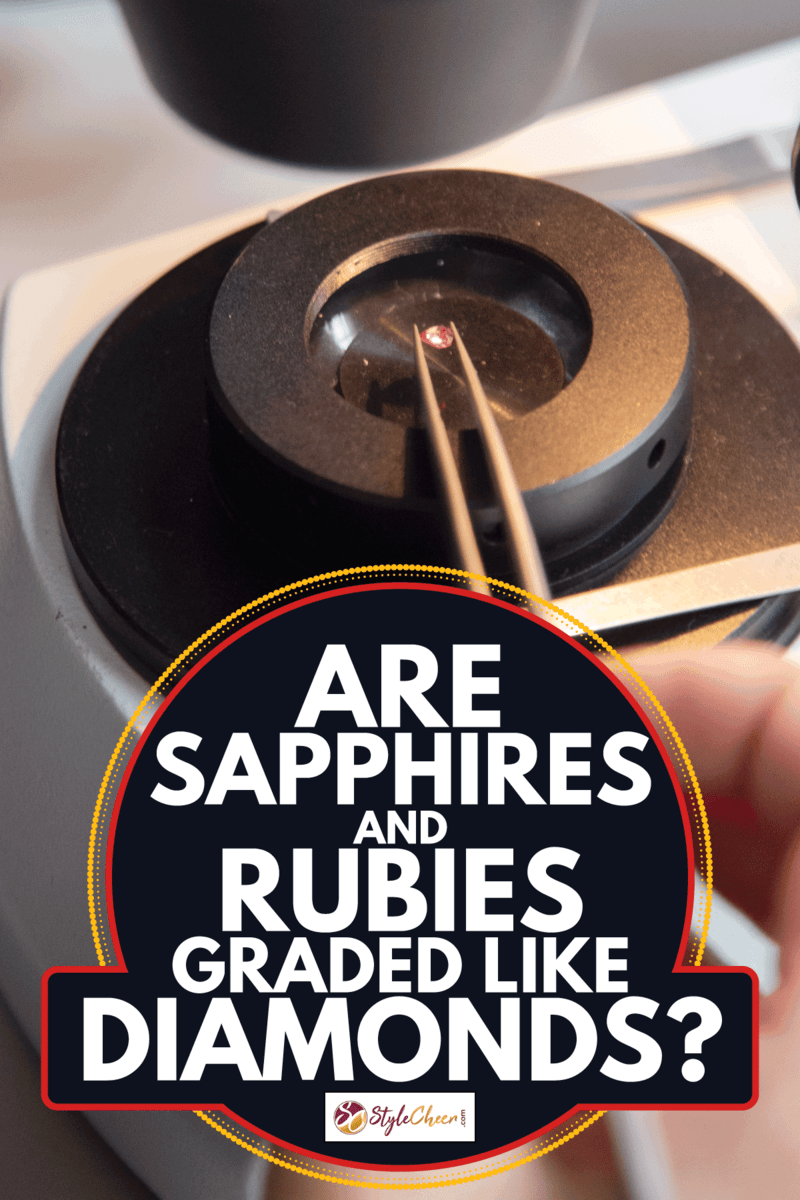
This article may include affiliate links and elements that were carefully created by our team using advanced ai to help you envision the best style advice.
Gemstone Grading Basics
Colored gemstones are graded based on the four Cs: color, carat, clarity, and cut, just like diamonds. However, colored gemstones are also graded based on T and O, which stands for treatment and origin.
For instance, the complexity of the cut of a colored gemstone doesn't affect the gem's beauty the way it does with a diamond. To check the clarity of a colored stone, you use your naked eye rather than a magnifying glass.
Color
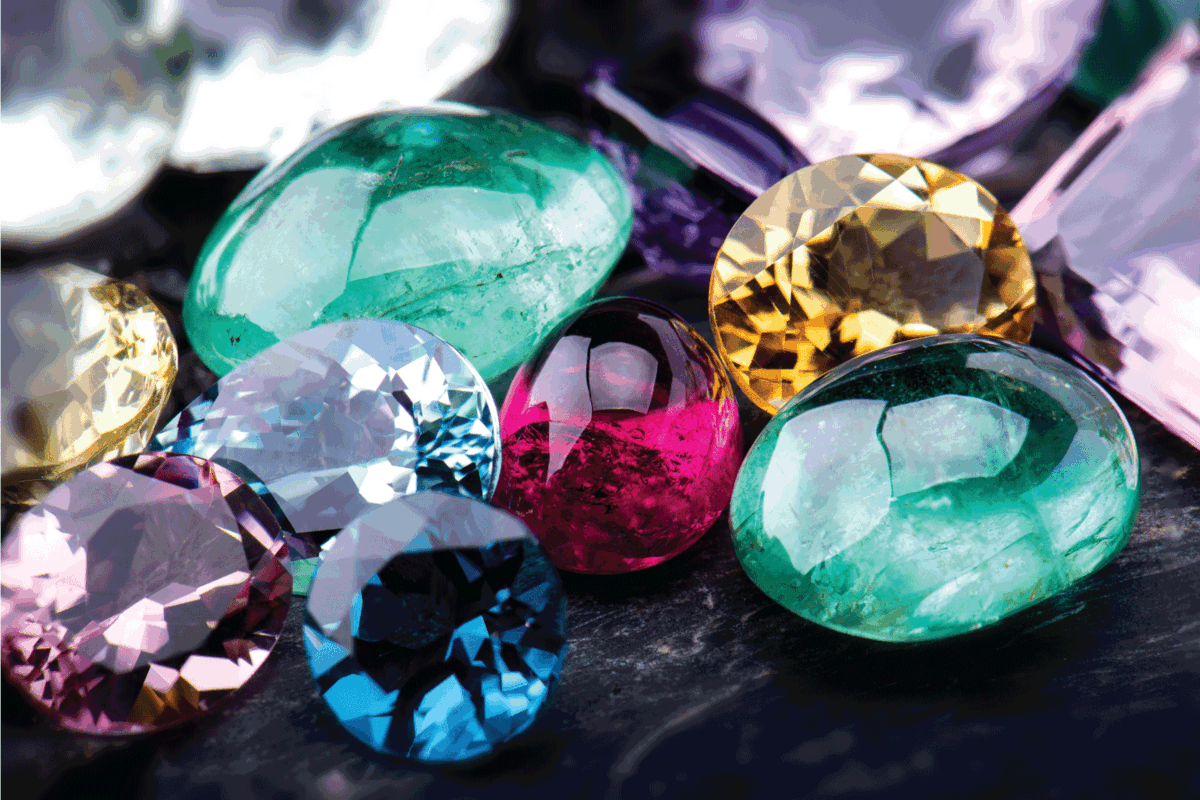
When assessing colored gemstones, it is important to look for uniform colors all around the gemstone. Stronger, brighter, more consistent colors are more valuable. Darker or muted colors have less value.
Carat
Carat is how much the gem weighs. Usually, the bigger the stone, the more it's worth. However, smaller ones can be more valuable if they have exceptional color, cut, and clarity.
Cut
On a diamond, the number of facets it has after being cut determines its value. When assessing rubies, sapphires, and emeralds, that is not the case. Having too many facets can actually decrease the value of a colored gem.
The way colored gemstones are cut doesn't change how light is reflected through the stone in the same way it does a diamond. Colored gemstones tend to have a natural glow about them that is enhanced by the cut.
Clarity
Clarity is judged by looking for impurities, called inclusions, in the gemstone. Bubbles, crystals, liquids, cloudiness, cracks, and anything that gets trapped in the stone are considered to be an inclusion.
Diamond Clarity
There's a scale from zero to ten that lets you know the purity of a diamond. The gem is judged by the number of inclusions that can be seen using a magnification of 10x. AGS zero means the gem is flawless, and ten means that it has many impurities affecting its value.
These inclusions are judged based on size, nature, number, location, and relief.
- Size is how big the inclusion is. Gems with bigger inclusions have less value.
- Nature is the type of inclusion and the depth of the inclusion.
- Number refers to how many inclusions there are. More inclusions mean less value.
- Location is where the inclusion is in the diamond. Impurities closer to the middle of the diamond or that affect durability lower the value of the gemstone.
- Relief is how noticeable the inclusion is—the greater the relief, the lower the stone's value.
Ruby And Sapphire Clarity
When assessing impurities in colored stones, you don't need a magnifying glass, and the standards are very different. Using a loupe tool or a magnifying glass can be helpful if you have a hard time identifying it with your naked eye. Loupes are small magnifying glasses used specifically for jewelry.
Higher-grade gems will have very few inclusions upon inspection, and lower-grade ones will have impurities that make the stone less beautiful. If there are no inclusions in a colored gem, it is more than likely an artificial stone.
There are three types of clarity. The first is type one gems. Usually, they have no inclusions that can be seen by the naked eye, meaning they are eye-clean. Type two gemstones usually have visible inclusions, and type three always have inclusions.
The interesting thing about inclusions in colored gemstones is that more inclusions don't always equal less valuable. Some rare inclusions are considered beautiful and increase the value of the stone. Oregon sunstones and demantoid garnets are highly valued because of the inclusions they have. Emeralds (type three) and sapphires (type two) can be more valuable than type one gems.
Treatment
Only colored gemstones are based on T and O, with few exceptions. Rubies and sapphires often undergo heat treatments to enhance their beauty. These treatments have to be disclosed because they affect value. In natural diamonds, any treatment process will severely reduce the value, while it can increase value in colored stones.
Some treatments fade over time, while others require special care to maintain. Rubies and sapphires usually undergo heat treatments. These heat treatments can lessen the appearance of inclusions or enhance them.
Sometimes rubies have a glass-like material melted into them that fills any cracks. This treatment makes the gem more stable, bright, and clean.
Origin
Origin is where the stones are found. Specific geographic locations yield more valuable gemstones than other ones. It is a vital part of assessing value in rubies, emeralds, and sapphires. In all diamonds except pink Argyle diamonds, location isn't a significant factor in determining value.
Rubies come from Asia and Africa. Burmese rubies, which come from Asia, are the most valuable. Sapphires from Kashmir are the most valuable. However, Kashmir diamond mines are beginning to run out of diamonds, so the next most valuable are Burmese sapphires.
Are Sapphires Graded Like Diamonds?
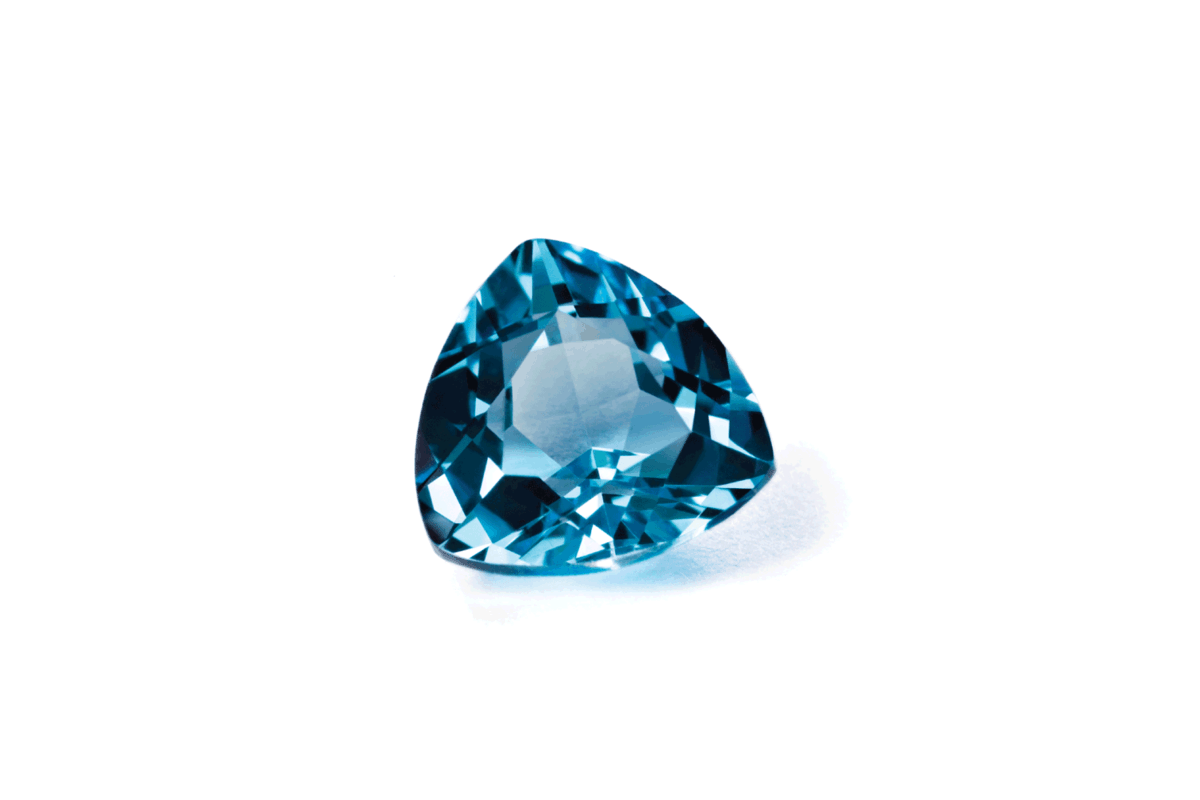
Sapphires are graded based on the 4 Cs, just like diamonds are. However, location and origin are also important in grading sapphires. Another difference is that you don't need to use a magnifying glass to grade a sapphire while it is helpful.
How Are Rubies Graded?
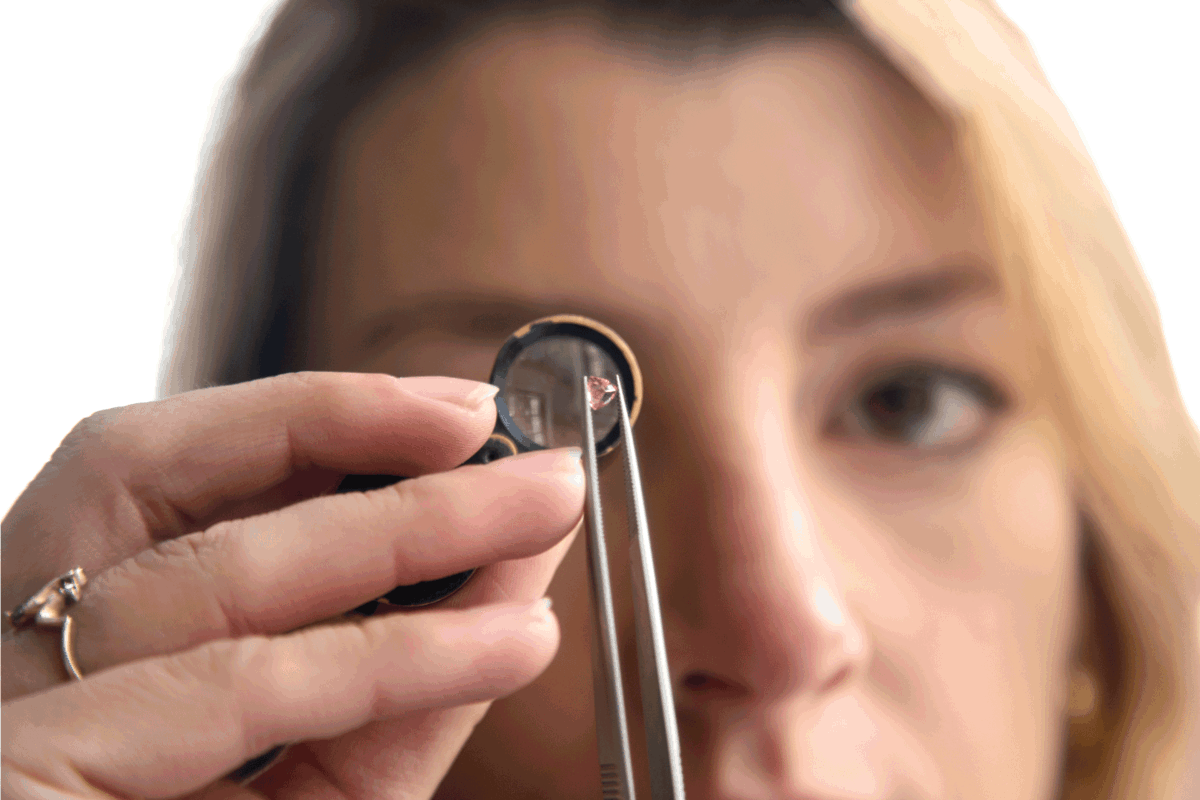
Rubies have 4 ranks: Natural AAA, Natural AA, Natural A, and Natural B. Less than one percent of all rubies are grade AAA. These stones are considered to be the best and are extremely rare.
The more red a ruby is, the higher the value. Orange and purple rubies are the least valuable. The more vivid and bright the shade, the more expensive the ruby will be. The tone of a ruby ranges from very dark to very light. The ideal ruby has a medium tone.
One other important quality looked for in rubies is transparency. Rubies that can be easily seen through are considered the highest quality. They are ranked from transparent to opaque. The categories are: transparent, semi-transparent, translucent, semi-translucent/semi-opaque, and opaque.
As they go from transparent to opaque, you can see through them less and less. Opaque gems cannot be seen through and are considered very low quality.
Which Is More Expensive: Rubies Or Sapphires?
Both rubies and sapphires are from the same mineral, corundum. However, rubies are significantly rarer. It is this rarity that makes them more expensive.
The finest rubies can cost as much as $1,000,000 per carat, while sapphires only ever reach $11,000 per carat. So, rubies are quite a bit more valuable.
What Is The Most Expensive Gem?
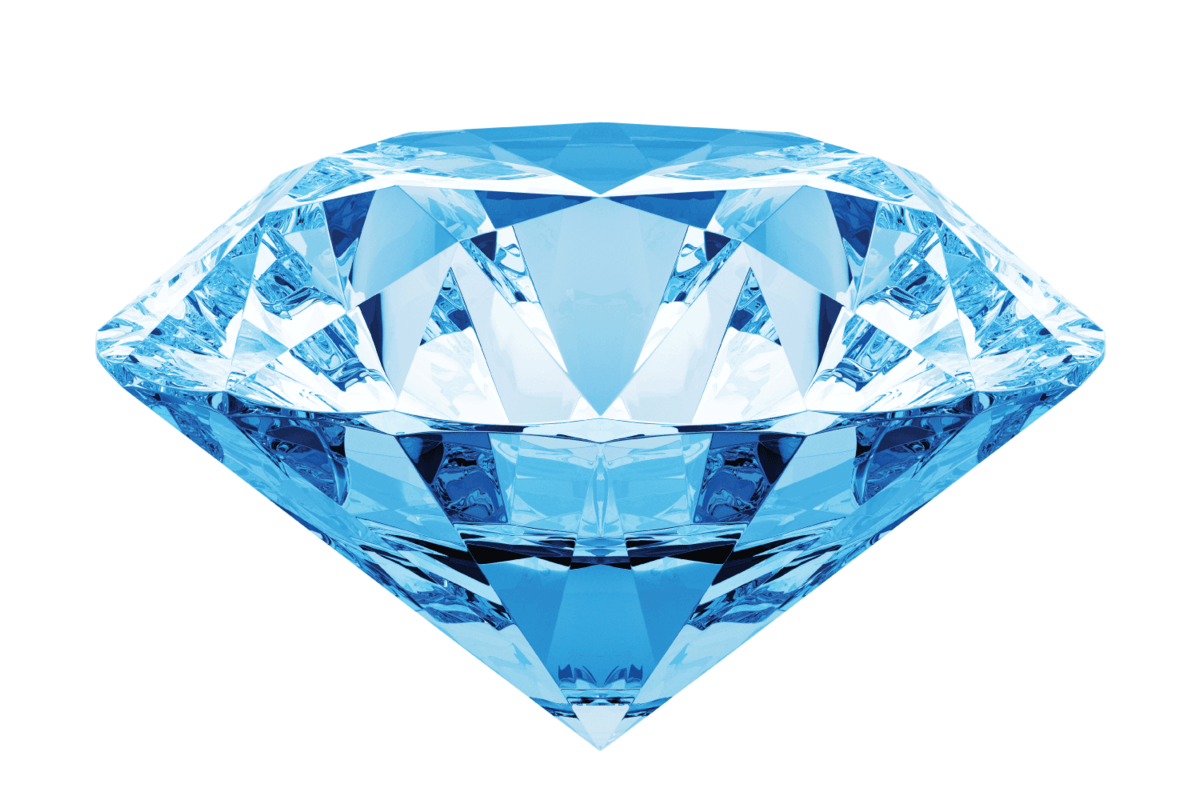
Rubies are extremely rare and extremely beautiful. However, they aren't the most expensive gem. The most expensive gemstone is the blue diamond. It can cost up to $3.93 million per carat!
Blue diamonds can only be found in a few mines in the world. These mines are the Cullinan Mine in South Africa, the Argyle mine in Australia, and the Goloconda mine in India.
Like many other colored gemstones, the intensity and strength of the diamond's blue hue are key in determining value, as well as its weight.
How Can You Tell The Difference Between A Diamond And A Sapphire?
One of the easiest ways to tell the difference between a sapphire and a diamond is weight. Sapphires are denser, so they will look smaller than a diamond will at the same weight.
Sapphires can come in clear, as well as blue and pink. Clear sapphires will not sparkle as much as a clear diamond will. In addition to sparkle, you can also assess the clarity of the gem. Diamonds tend to have fewer blemishes and impurities than sapphires do.
Closing Thoughts
Now you know that rubies and sapphires are graded similarly to diamonds but don't have the same standards. We also discussed how they are graded, where they come from, and that rubies are more valuable than sapphires.
If you enjoyed this article, click the links below to check out some other articles on this blog!


